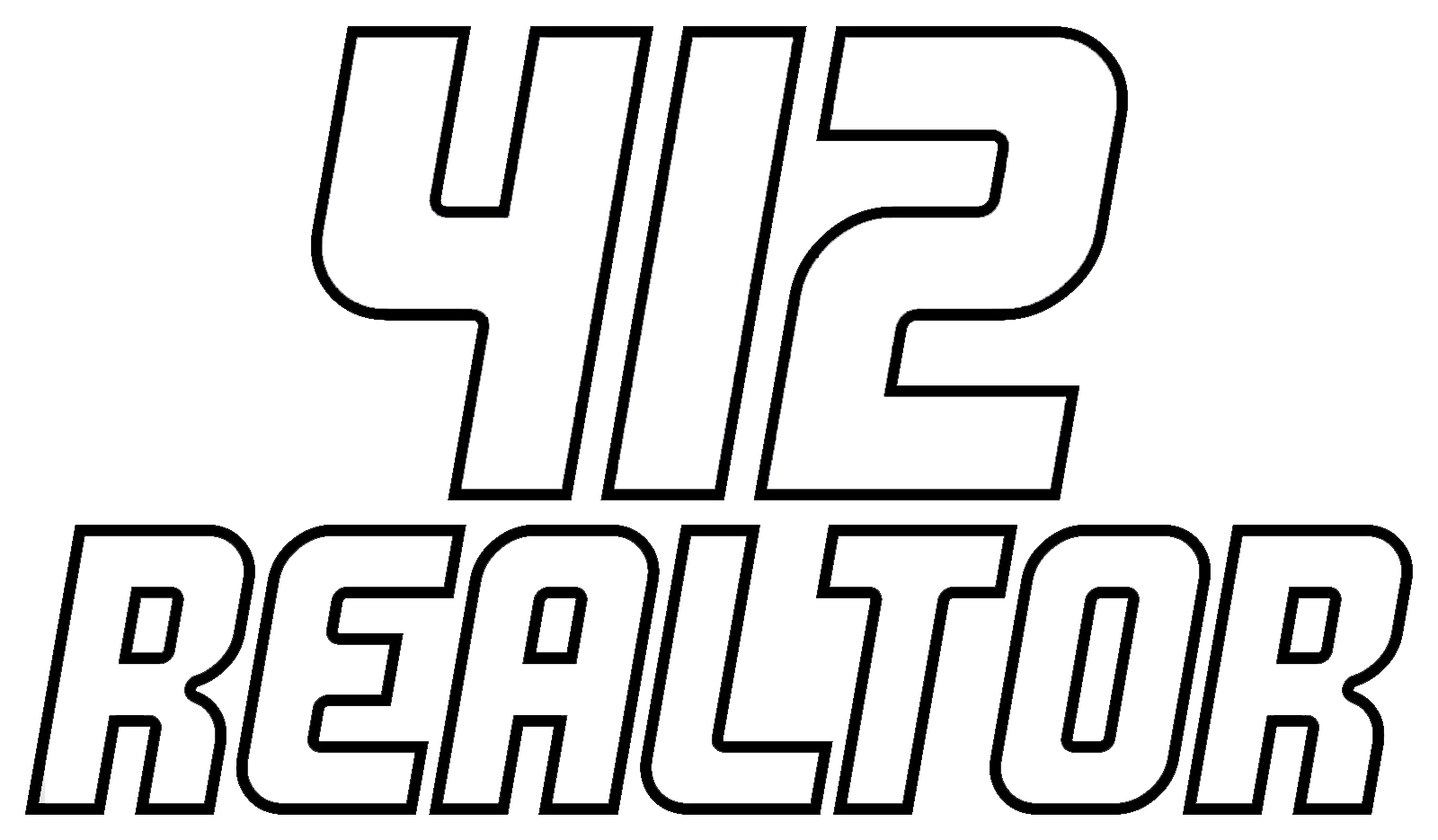When buying a home, you’ll encounter a flurry of terms, paperwork, and processes—some of which may seem confusing, especially if you’re a first-time buyer. Two of the most critical (yet commonly misunderstood) steps in the process are the home inspection and the home appraisal.
Although both happen around the same time—after your offer is accepted but before closing—they serve very different purposes. Understanding the distinction between an appraisal and an inspection can help you make more informed decisions and avoid unexpected costs or delays.
What Is a Home Inspection?
A home inspection is a detailed, physical examination of the property’s condition. It is typically scheduled by the buyer and performed by a certified home inspector.
Purpose
The main goal of a home inspection is to uncover any existing or potential issues with the home’s structure, systems, and overall livability. It gives buyers peace of mind and the ability to negotiate repairs or even walk away from the deal if serious problems are found.
What’s Included in a Home Inspection?
1. Structural Elements – Foundation, roof, attic, basement, walls
2. Plumbing – Pipes, drains, water heater, water pressure
3. Electrical Systems – Outlets, wiring, circuit breakers, fixtures
4. Heating & Cooling Systems (HVAC) – Furnace, air conditioning, ventilation
5. Appliances – If included in the sale, the inspector checks if they function properly
6. Safety Hazards – Mold, water damage, radon, asbestos, pests, or carbon monoxide risks
What You Get
- A detailed inspection report highlighting all findings
- Recommendations for repairs or specialist evaluations
- A basis to renegotiate the sale price or request seller repairs
Who Pays?
The buyer usually pays for the inspection, and costs typically range between $300–$500, depending on the home’s size and location.
What Is a Home Appraisal?
A home appraisal is a professional assessment of the property’s fair market value, conducted by a licensed appraiser. This is a requirement for most lenders before finalizing your mortgage.
Purpose
The primary goal of an appraisal is to protect the lender’s investment by ensuring the home is worth the amount you’re borrowing to pay for it.
What Does the Appraiser Evaluate?
1. Comparable Sales – What similar homes nearby have sold for recently
2. Home Condition – General condition, improvements, and overall upkeep
3. Location Factors – Neighborhood, school zones, amenities, market trends
4. Size & Layout – Square footage, number of bedrooms/bathrooms, lot size
The appraiser doesn’t look for needed repairs the way an inspector does. They focus on how the property compares to others in the area to determine value.
Appraisal Outcomes
Appraisal Meets or Exceeds Sale Price: The loan proceeds as planned.
Appraisal Comes in Low: You may need to renegotiate the price, increase your down payment, or dispute the appraisal with your lender.
Who Pays?
The buyer typically covers the appraisal fee as part of closing costs—often between $400–$600.
Do You Need Both an Appraisal and an Inspection?
Yes—and for good reason.
While the appraisal is mandatory for financing, the inspection is your protection. Skipping it might save a few hundred dollars upfront, but it could cost you thousands in unexpected repairs after closing.
Think of it this way:
The inspection tells you what you’re buying.
The appraisal tells the bank how much it’s worth.
They complement each other and give both you and your lender a clearer picture of the home’s true value—both financially and structurally.
Final Thoughts
Understanding the difference between an appraisal and an inspection can prevent misunderstandings, delays, and even financial loss. Both are critical steps that help ensure you’re making a sound investment and that you’re not overpaying—or worse, buying a money pit.
Whether you’re just starting your home search or preparing to close, being informed helps you feel more confident and prepared every step of the way.




